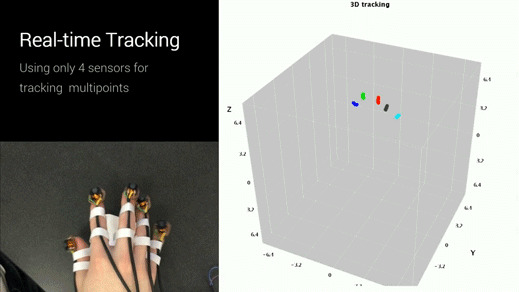Oculus-Backed Finexus Uses Magnets To Track Fingers In VR
Virtual reality headsets might be hot and all that, but they only represent part, though the biggest part, of the entire virtual reality experience. For non-interactive content, headsets might be all that you need. But for a fully immersive and interactive VR world, you'll have to take into account user input. Oculus, one of the most recent pioneers of the modern day VR push, is working with the University of Washington to develop a magnet and sensor combo that will let VR users more naturally use their hands and fingers instead of using sticks or gloves that require line of sight.
There are a variety of input devices currently available for VR, none of them that comfortable or ideal. There are more gaming-centric devices like sticks, wands, or even the conventional gamepads. Many require line of sight with sensors, limiting the range of movement.
In contrast, Finexus, as the project is now being called, uses magnets the size of fingernails located on the user's fingertips to determine the exact location of these fingers in 3D space. The magnets are claimed to be accurate up to 1.3 mm. As they do not require line of sight with a camera sensor, they can be used for almost anything and everything and in every position or body orientation.

The end result is the foundations of what could be the most natural input device for virtual reality. A Finexus-based product would need to be composed of two parts. A glove would contain the electromagnetic parts while a smartwatch or wristband would house the sensors. Given there is a small distance required between the magnets and the sensors, currently at 12 cm but hoped to reach 25 cm in the future, those two pieces will be required to be near each other.
The project was started by Keyu Chen from the University of Washington while he was interning at Oculus Research. Researchers from both institutions are currently working on the project, which is set to be presented at the ACM CHI 2016 conference in May. By then, the commercial version of the Oculus Rift would have already hit the market, and Oculus might be more willing to talk about its plans for input devices in the future.
SOURCE: MIT Technology Review
